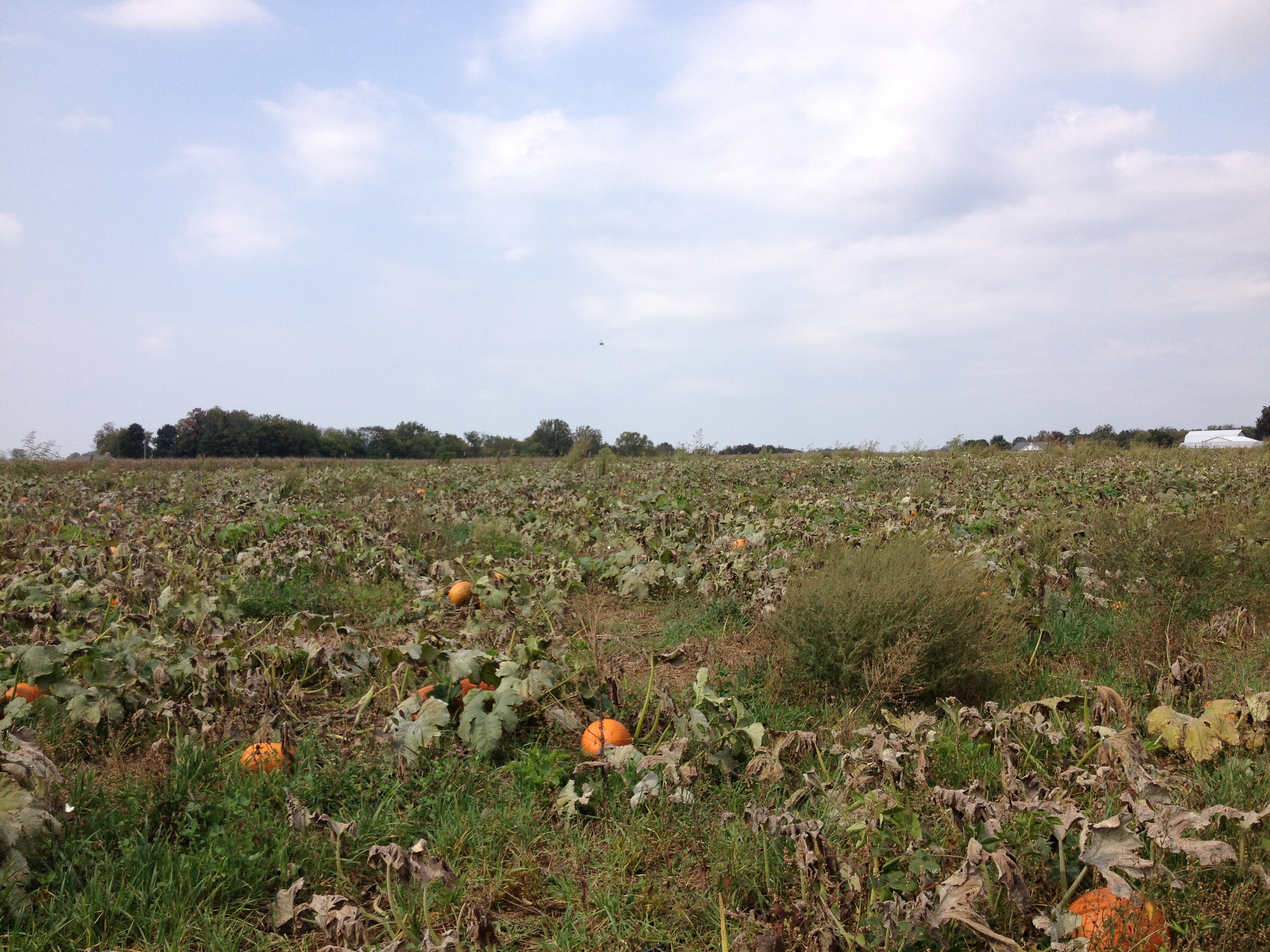Plant pathologist keeps growers alerted to downy mildew risk
Plant pathologist keeps growers alerted to downy mildew risk

It wouldn’t be fall without pumpkins, and a University of Kentucky College of Agriculture, Food and Environment plant pathologist is part of an extension network that helps producers protect their pumpkins and other cucurbits from a potentially devastating disease.
Kenny Seebold is the state coordinator for the Cucurbit Downy Mildew IPM PIPE program. IPM PIPE stands for Integrated Pest Management Pest Information Platform for Extension and Education. The program was founded by and is housed at North Carolina State University. The forecasting group includes coordinators from 27 states and one Canadian province, who identify the presence of downy mildew, the number of acres affected and the percent of the crop affected. They use that information along with current weather patterns to forecast where the downy mildew pathogen might be headed. The group began forecasting for downy mildew in 2009 with funding from the U.S. Department of Agriculture’s National Institute for Food and Agriculture.
Downy mildew has the potential to devastate cucurbits, which, in addition to pumpkins, include cucumbers and squashes. Once the disease is established it moves very quickly through a crop. The pathogen travels by wind to infect other crops. It can largely be controlled through preventative fungicide applications.
“It’s the difference between harvesting pumpkins, squashes or cucumbers or losing everything,” Seebold said.
He added that the disease is perfect for a forecast model, because it does not always appear in Kentucky and sometimes arrives too late to be a problem. Therefore, growers don’t always need fungicides. Kentucky winters are too cold for the pathogen to overwinter here, as it needs a live host to survive, but states farther south produce cucurbits year round, allowing the disease to overwinter and a threat of disease to exist every year.
As part of the network, Seebold establishes plots of cucurbits to monitor for the presence of the disease across the state.
“Usually, I start scouting for downy mildew around the third week of July, and it usually appears toward the end of August,” Seebold said. “This year, according to the forecasting system, Kentucky started being at risk for downy mildew around July 4, and it was found in the state by the middle of July, which is the earliest it’s ever been since I’ve been at UK.”
Since the system was in place, Seebold was able to alert Kentucky growers and county extension agents to the risk so they could protect their crops.
“Through this system we are able to get farmers information in real time and get them to start spraying their crops before it became a problem. To me, that’s priceless,” he said.
Crops Economics Extension Horticulture Weather


